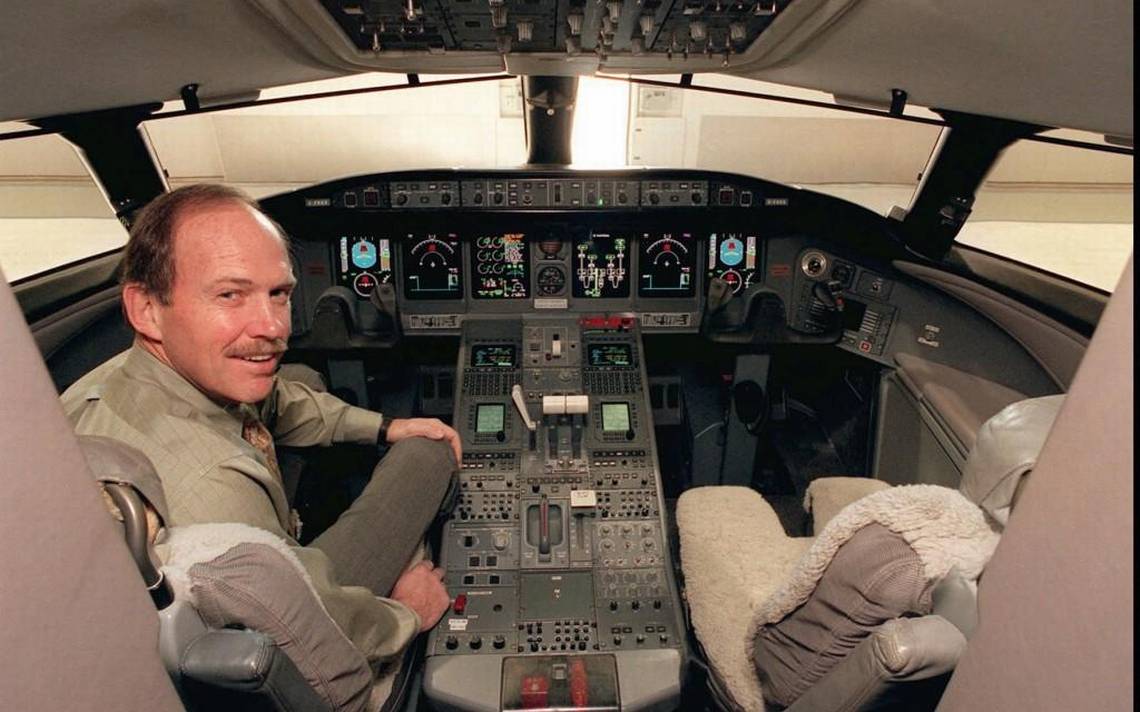Founding story
The seeds of SkovAero were planted during a technical conference in 2012 organized by the American Institute of Aeronautics and Astronautics. Andrew Skow, an AIAA Associate Fellow and former chief aerosciences engineer of Northrop's F-20 Tigershark fighter jet, was attending to receive an award for co-authoring an aerodynamics paper deemed ‘most influential of the 1980's.'
Skow noticed there were several technical sessions on the subject of Loss of Control In-flight (LoC-I), the number one killer in commercial aviation. Knowing that poor energy management by pilots causes more than 50% of LoC-I accidents in military aviation, he decided to sit in on these sessions to see if the same was true in commercial aviation.
In the opening presentation NASA's Dr. Christine Belcastro showed the same issues with poor energy management were found in most LoC-I accidents in commercial aviation. She went on to identify two solution paths for accident mitigation: one toward new technologies to prevent unintentional loss of energy, the other toward new training systems to help pilots safely recover when energy is lost.
After listening to three days of presentations by engineers, scientists, pilots and human factors experts and absorbing all of this information, Skow came to the conclusion that he might be able to make a contribution to both accident prevention technologies and recovery training systems.
While most of the aerodynamic and flight mechanics issues at low airspeed/high-angle-of-attack are the same in fighter jets and commercial aircraft, there are important systems and human factors differences. As such, Skow sought advice from longtime friend and former colleague Pete Reynolds. Reynolds was the former VP of Flight Test for Bombardier and a very well respected experimental test pilot with deep experience testing commercial and business corporate aircraft at and beyond the stall.
Before his untimely passing in 2014, Pete Reynolds was VP of Flight Test at Bombardier. He is shown here in the cockpit of a Bombardier Global Express business jet in 1999.
The two joined forces to tackle the problem of poor energy management in commercial aviation. With the founding team in place, the research, engineering and testing that would result in the design of the Q-Alpha Flight Energy Awareness Display was started.

